I'm reminded of Russia's Venera pictures from Venus, but perhaps the Russian Luna 9 picture is better; the first picture from the surface of the Moon.ISRO posted this on their Twitter thread:

You can install our site as a web app on your iOS device by utilizing the Add to Home Screen feature in Safari. Please see this thread for more details on this.
Note: This feature may not be available in some browsers.
I'm reminded of Russia's Venera pictures from Venus, but perhaps the Russian Luna 9 picture is better; the first picture from the surface of the Moon.ISRO posted this on their Twitter thread:

We don't know. We have spectrometer and radar data that is consistent with water signatures, but interpreting the data is difficult. Some say that there could be a layer on the surface, a layer buried, or chunks of ice scattered through the regolith. The instruments can't see very far into the surface, so everything that has been detected would be pretty accessible.Is the ice on the south pole expected to be right on the surface or a few feet underneath?
I would have thought that hovering a bit would have been an effective way to search for water ice.Still no signs of water ice it appears.
But they have published results on a few other tests on temperature gradient beneath the soil, and mineral composition of the soil.
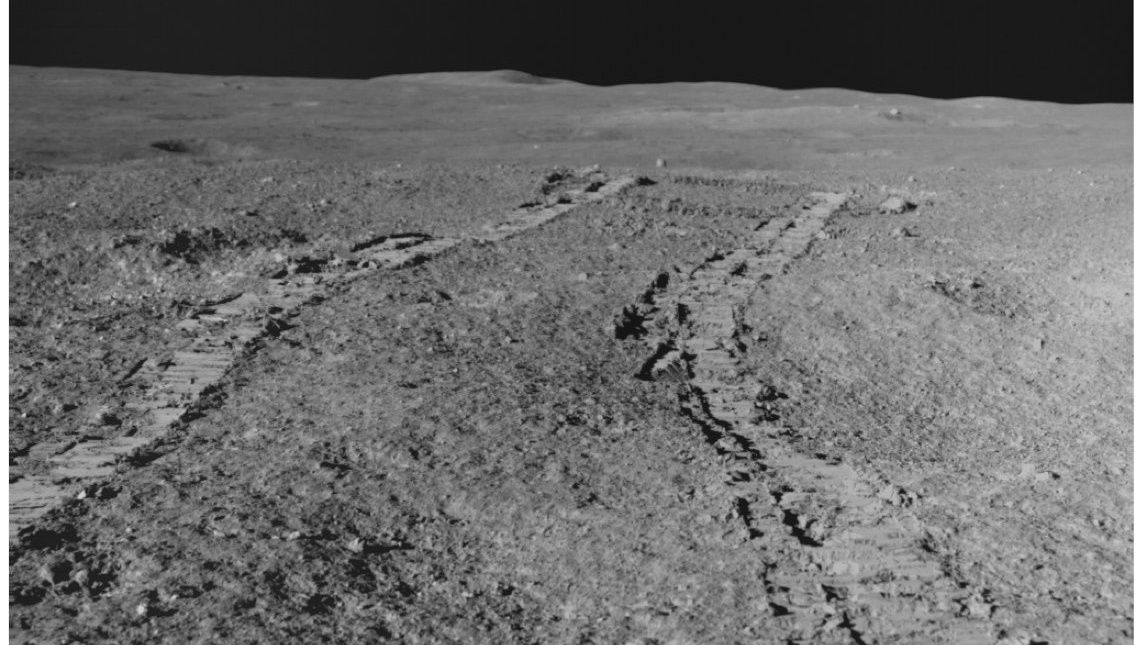
When LIBS turned its laser onto the lunar south pole's soil, the instrument found the expected mélange of aluminum, calcium, chromium, iron, manganese, oxygen, titanium and silicon — but with an added dash of sulfur. Orbiting probes crossing over the moon's south pole had never previously detected sulfur, nor did they have the feasibility to do so, according to a statement by the Indian Space Research Organization (ISRO).

I assume that's a result of having no atmosphere to trap the heat and soak the soil. The energy heats the top of the soil and radiates away quickly. Something like an inside-out dewar flask. That's a good sign for retaining subsurface ice.From 50C to -10C in under 10 cm depth.
The companies are Intuitive Machines of Houston, which in February successfully landed a robotic spacecraft on the moon; Lunar Outpost of Golden, Colo.; and Venturi Astrolab of Hawthorne, Calif. Only one of the three will actually build a vehicle for NASA and send it to the moon. NASA had asked for proposals of what it called the lunar terrain vehicle, or L.T.V., that could drive at speeds up to 9.3 miles per hour, travel a dozen miles on a single charge and allow astronauts to drive around for eight hours. The agency will work with the three companies for a year to further develop their designs. Then NASA will choose one of them for the demonstration phase. The L.T.V. will not be ready in time for the astronauts of Artemis III, the first landing in NASA's return-to-the-moon program, which is currently scheduled for 2026.
The plan is for the L.T.V. to be on the lunar surface ahead of Artemis V, the third astronaut landing that is expected in 2030, said Lara Kearney, manager of the extravehicular activity and human surface mobility program at the NASA Johnson Space Center. "If they can get there earlier, we'll take it earlier," Ms. Kearney said. The L.T.V. contract will be worth up to $4.6 billion over the next 15 years -- five years of development and then a decade of operations on the moon, most of it going to the winner of this competition. But Ms. Kearney said the contracts allow NASA to later finance the development of additional rovers, or allow other companies to compete in the future.
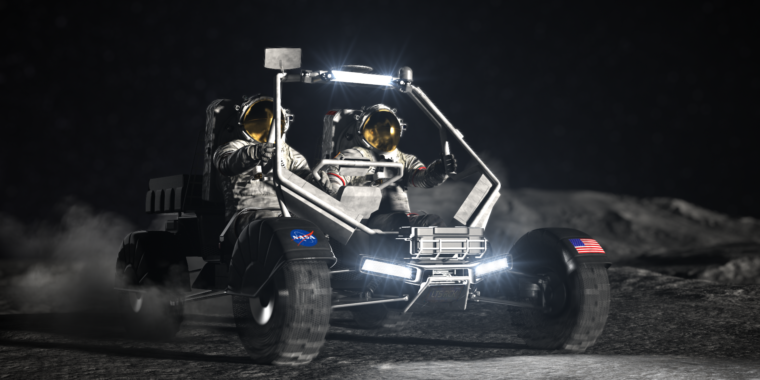
Here's a teaser for the folks who just look at the picturesFor a non-pay-walled version, Berger did a piece on it for Ars too:

How will astronauts cruise around the Moon? NASA narrows choice to three options
"I know we’re asking a lot of these companies."arstechnica.com
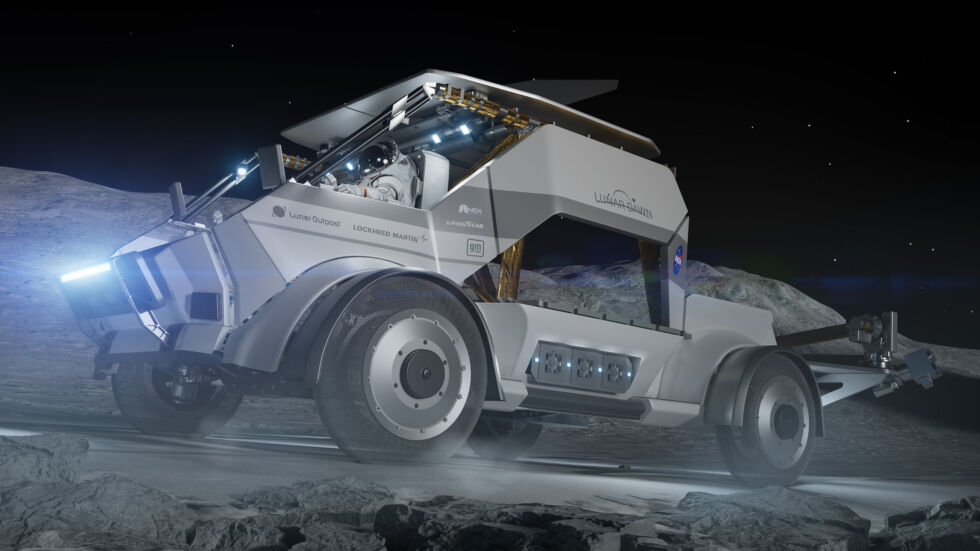

I put this in the same category as what has happened to modern pickup trucks. The designers went from goofy, friendly and effective vehicles to these angsty, aggressive monsters. I assume that's the energy that the first two are channeling. I think the third looks goofy, but in a bad way. It looks cheap and fragile. For crying out loud, let's get a Toyota Hilux on the Moon and be done with all this.Is it me, or do all these Moon rovers look stupid.
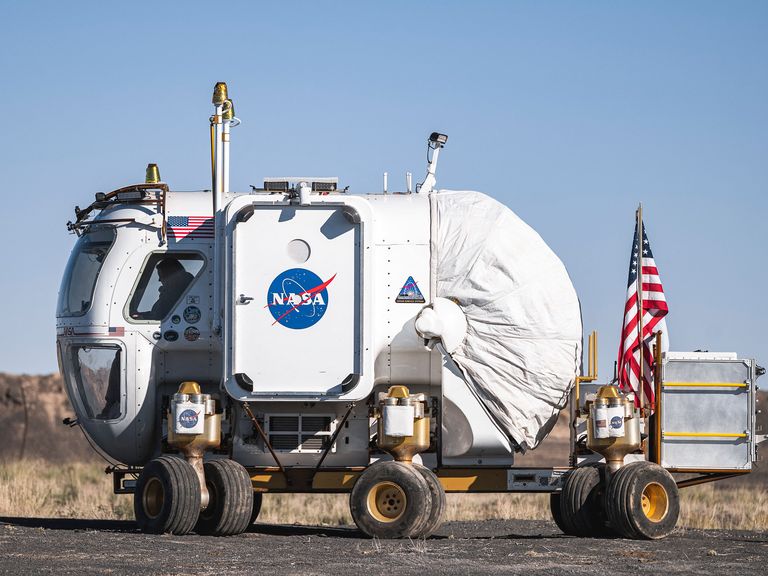
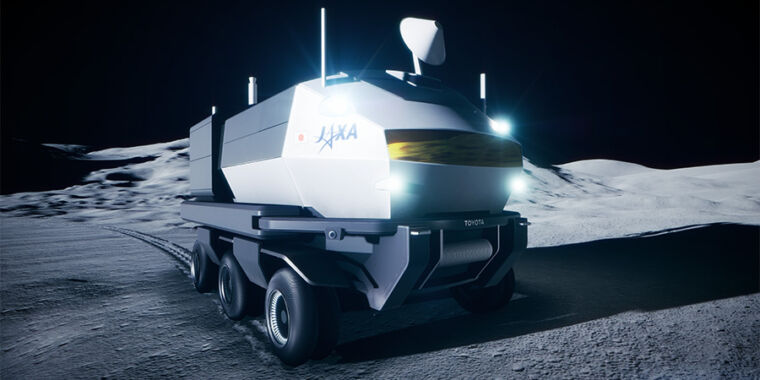
This new agreement between the US and Japan is similarly transactional. Japan will oversee the development of a pressurized lunar rover to ferry astronauts across the lunar surface. This is a significant commitment. It will take the better part of a decade to deliver the pressurized rover to the Moon. Japanese officials have not yet disclosed how much it will cost.
The Japan Aerospace Exploration Agency (JAXA) has been working with Toyota and Mitsubishi Heavy Industries for several years on the design of a pressurized rover. The vehicle would be roughly the size of two minibuses parked side by side, measuring nearly 20 feet (6 meters) long, 17 feet (5.2 meters) wide, and 12.5 feet (3.8 meters) tall. Its interior cabin could offer "comfortable accommodation" for two people, or four in an emergency, according to Toyota.
[...]
The pressurized rover concept, which Toyota calls the "Lunar Cruiser," could explore the moon with astronauts inside for up to 30 days at a time. Crew members will be able to take off their spacesuits and work inside the vehicle in regular clothing. When astronauts aren't onboard, operators could remotely control the rover from a separate spacecraft or from Earth. Japanese officials aim to deliver it to the Moon in 2031, where it will operate for 10 years.
Here's a video that presents the rover contract, including some video of a working FLEX rover, by Astrolab (the one I labelled as "goofy-looking"). It's actually much more interesting than it appears in the render.
I assume that they both arrive via Starship. The smaller one is probably compatible with the HLS elevator.They also mention it folding up, which kind of seems important for actually getting it aboard a moon lander.
That pressurized JAXA "Moon Cruiser" one in your later post sounds awfully large... I wonder what transport volume will be like...


